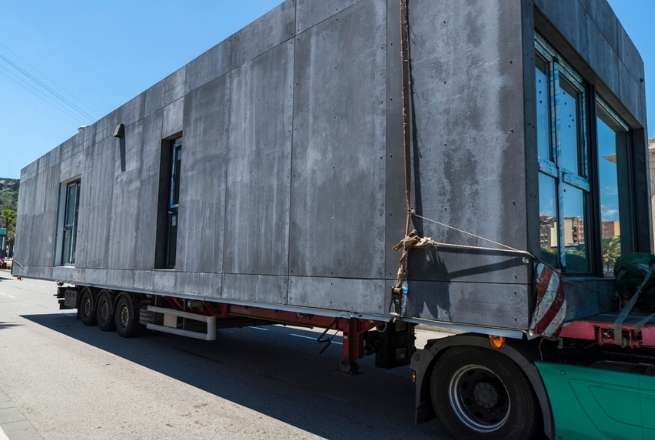Construction Industry Trends: May 2023 Roundup
0%

The Coming Expansion of Modular Construction
Advances in technology like 3D printing have rapidly accelerated innovations such as Modular construction, which is expected to experience more widespread adoption over the next decade. Modular construction reduces the overall time and cost of construction, which will help meet the critical need for affordable housing and other major infrastructure projects.
Last year, the Global Modular Construction Market was valued at $86 billion, but that number is expected to balloon to $544.4 billion by 2030 at a CAGR of 30.1%. Modular Construction market sales are anticipated to account for over 55% of total sales during the same time.

Anticipating the Effects of the Looming Labor Exodus
The construction industry has been hemorrhaging its most experienced talent by the day as the aging population of workers begins to retire. Between 2021 and 2031, the U.S. Bureau of Labor Statistics estimates that 1.7 million workers will leave the infrastructure profession. Older, white males are predominantly driving this exodus of workers which, combined with recent diversity initiatives, has led to an emphasis on recruiting women and people of color.
In anticipation of the aging construction workforce, STEM programs have been pushed as early as grade school over the last decade to inspire younger generations to commit to choosing a career in the field of construction before they can set their minds on something else. However, the time for that generation to become a viable part of the workforce is perhaps a decade or more down the line.
Technology Will Supplement the Labor Shortage
It will be important to consider every new avenue or potential pipeline for talent in a labor crunch like the one the construction industry is currently experiencing, but leveraging technology like automation instead of depending on hiring more people may be a faster way to circumvent the more time-consuming hiring pipeline altogether.
With major government investments in construction projects led by the unprecedented funding for the Bipartisan Infrastructure Law, the issue is not whether they can pay workers—it has been a matter of finding them. Government officials are offering federal grant incentives and stakeholders are investing in technology to collectively address this persistent labor shortage and skills gap in the construction industry.
Technologies that are easy to use and require less training—such as machine and digital control technologies—are especially valuable because they allow firms to hire less-skilled applicants that are perhaps not as in demand, train them on the technology to help increase efficiency, and potentially fill other, much-needed roles that are sure to arise in the future.
In other words, working “smarter, not harder,” will be the future of the construction industry.







